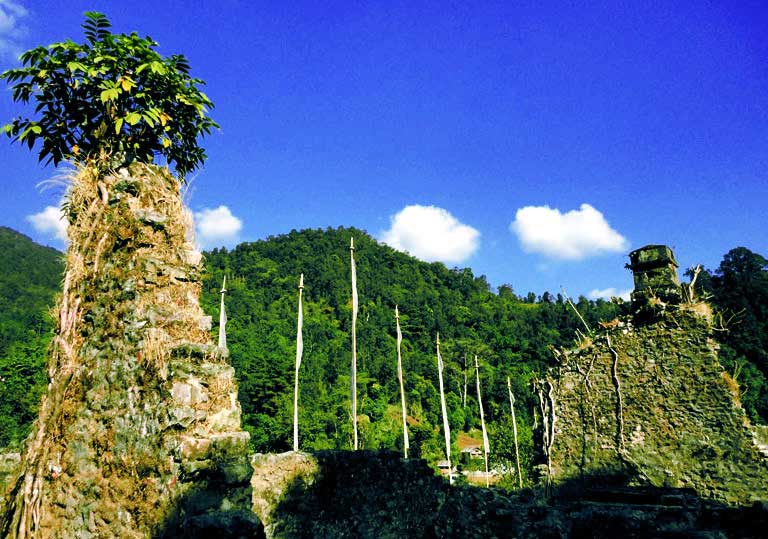Buxa Fort is a famous historic site located at an altitude of 867 meters (2,844 ft) within the Buxa Tiger Reserve in the Alipurduar district of West Bengal. It is considered one of the earliest forts in Eastern India and holds a significant place in the region's history, having been a point of contention between the Kings of Bhutan and the Koch Kings. The fort's strategic military importance, guarding a key route to Bhutan and the famous Silk Route connecting Tibet with India, made it highly sought after.
The British eventually captured the fort in 1865 and rebuilt it with stone, replacing the original bamboo and wooden structure. The fort gained notoriety as a high-security prison, second only to the Cellular Jail in the Andaman Islands, where many Indian freedom fighters were detained during British rule. After India's independence, the fort was abandoned but later served as a refugee camp for Tibetans and Bangladeshis.
Today, Buxa Fort is a popular tourist destination, especially for trekkers. It is a 5 km trek from Santarabari and can be reached in about one and a half hours. The area is a perfect destination for those seeking a mix of history, adventure, and natural beauty. Several beautiful trekking routes originate from the fort, including:
- Rover’s Point: A 3 km trek from Buxa Fort, this is a haven for bird watchers.
- Lepchakha Village: A small but beautiful village located about 5 km of trekking from the fort, offering a splendid view of the entire Buxa Tiger Reserve, the plains of North Bengal, and the adjoining hills of Bhutan.
- Roopam Valley: Hardcore trekkers can continue for another 6 km from Rover's Point to reach this valley bordering Bhutan.
- Jayanti Village: An adventurous 13 km trek through dense forest from the fort, which requires a prior written permit from the forest department and an expert guide.
Visiting Buxa Fort offers a thrilling and unforgettable experience, allowing visitors to connect with history and immerse themselves in the pristine wilderness of the Buxa Tiger Reserve.



